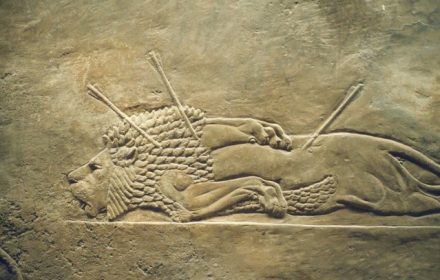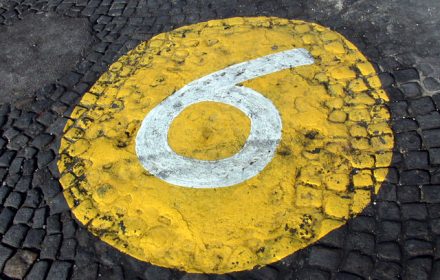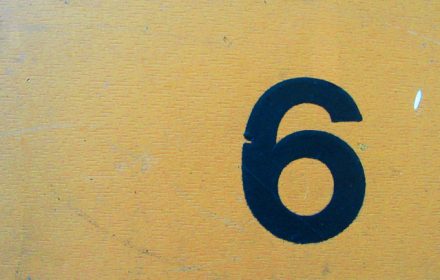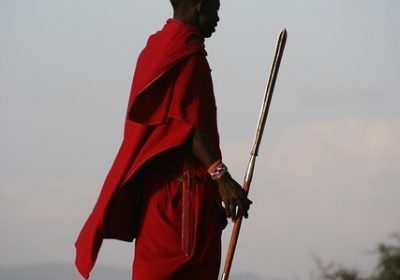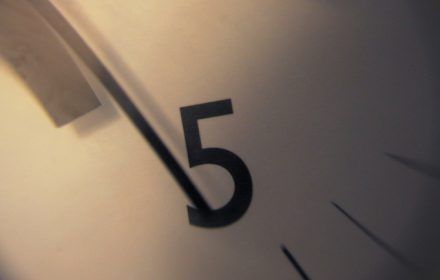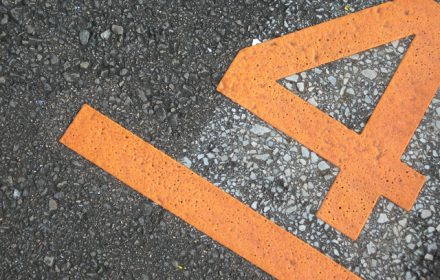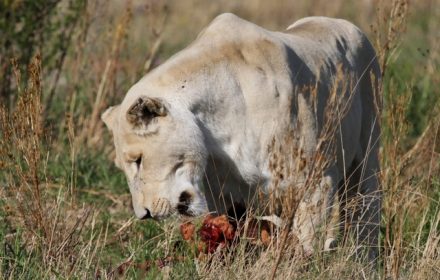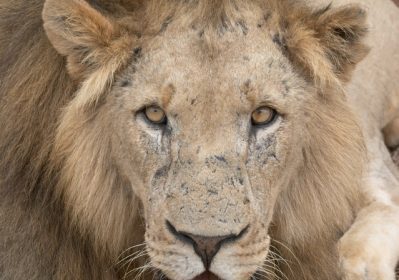Traditionally, Maasai are pastoralists who inhabit the plains and savannahs of southern Kenya. However, in modern times, this is slowly changing due to land loss, formal education, religious conversion, and livelihood diversification. Maasai holds a special spot in people’s imagination, being intimate to wild Africa. People come to Kenya not only to enjoy safaris but also to see the Maasai. Maasai hunting and killing of lions is often considered as a symbol of tribal Africa. Yet, with the lion populations threatened, Maasai hunting is garnering outrage, shock, and misunderstanding raising concerns in conservation literature as well as in the media.
June 10, 2021
Maasai rituals which are an essential part of their culture are symbolized using beads, shields, dressings, markings and designs. Some ceremonies are intended for both women and men. Others are solely for either males or females. Female ceremonial rituals are focused on their marriage. Each Maasai ritual is a step toward God. Maasai ceremonies serve to mark their age-set classes of social system and political culture in the strictest form. But they do not distinguish age or time in the modern way. They approximate time to 14-year sections. The 6 Maasai ceremonies are Enkipaata, Emuratare, Olomaylo, Emanyatta, Eunoto and Orngesherr.
Maasai is the most known Kenyan tribe, having grown into an icon of Kenya tourism and global fashion. Louis Vuitton has a line that includes Maasai hats, scarves, beach towels and duffle bags. There are currently 80 companies using Maasai image. It shows how well-recognized the brand has become. For outsiders, it may seem nothing more than a fashion brand that enlivens their ceremonies. But for Maasais, they capture their entire world. Entering into Maasailand is taking a fascinating journey to a land full of symbols. The 6 iconic Maasai dressing accessories are beads, collar, shuka, decorations, mask and shield.
Travel To Kenya To Know More About Maasais
The mane which encircles the neck is the unique trait of a male lion. Its length is affected by where it resides. Lions living in warmer places have shorter hairs than those in cooler regions. It can also change as it gets colder and hotter throughout the year. Nobody knows why a male lion has a mane and not a female. So far, there are five theories. These are to protect the neck during fights, to keep cool and clean in hot climates, to blend in and camouflage, to sexually attract the female lions and to intimidate other male lions.
The dwindling figures of lion populations in Kenya has put conservationists and field researchers to work to find out the causes of the decline rate. These organizations have already put the right measures in place as well as created effective strategies to protect and coexist with lions. Thankfully, these conservation initiatives to facilitate a peaceful co-existence between the local communities and lions are bringing in the desired results. They work in tandem with KWS to draft the strategic and sustainable wildlife policies. 4 such lion conservation organizations in Kenya are Born Free, Ewaso Lions Project, Warrior Watch and Lion Guardians.
LED flashlight method is used to control nocturnal attacks of livestock by lions around Nairobi national park. In 2012, per this technique, 19 flashlights were installed on the south of Nairobi national park. When this technique became hugely successful in deterring lions, livestock owners in the neighborhood installed flashlights for their homesteads too. With 30 additional homesteads installed with flashlights, the technique became regular feature in many households in and around the park. Although similar measures have been taken previously to deter birds and carnivores, either from crops or livestock, the usage of LED flashlights is the 1st in Africa.
Travel to Kenya To Get To Know The Lions

